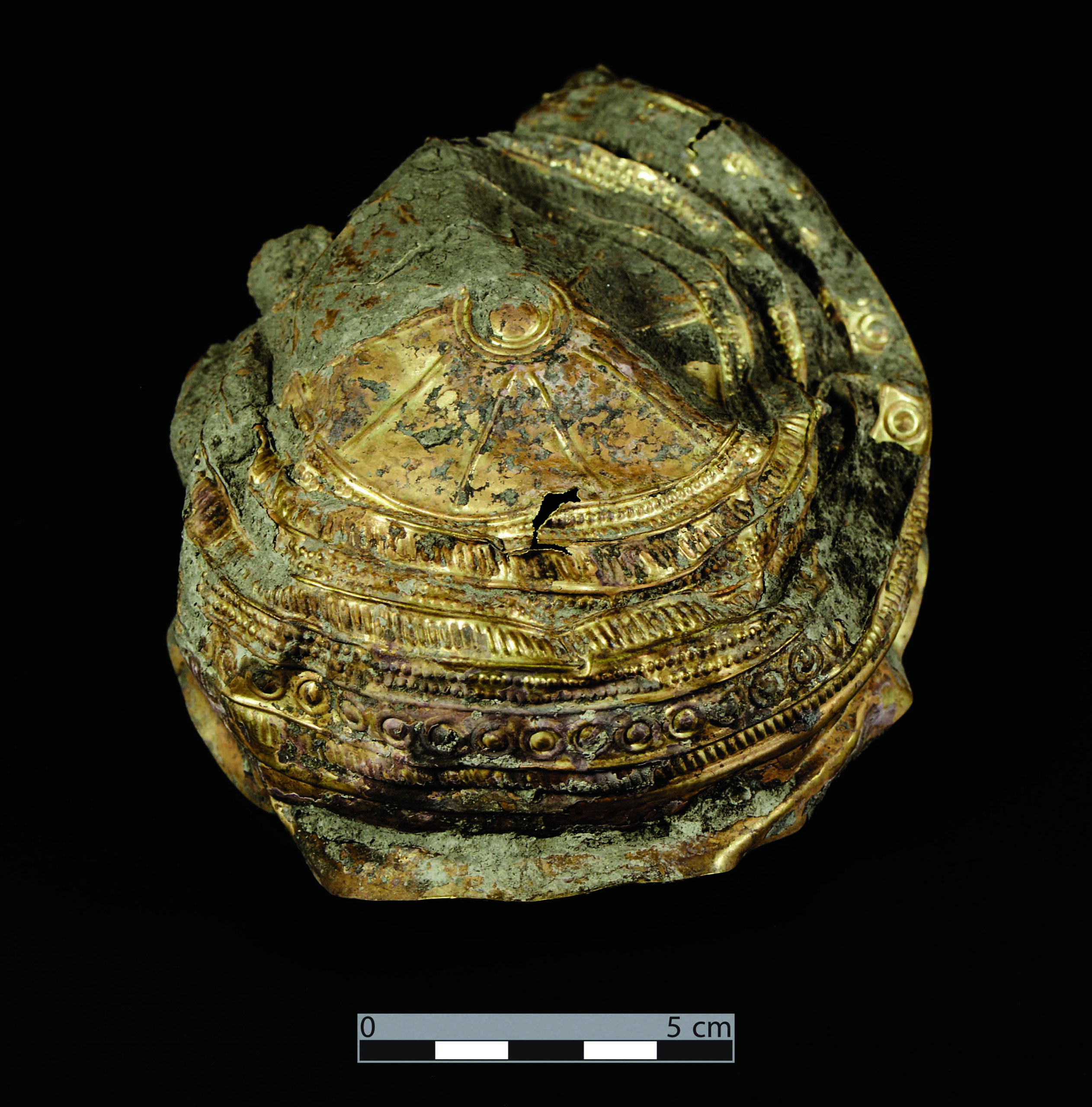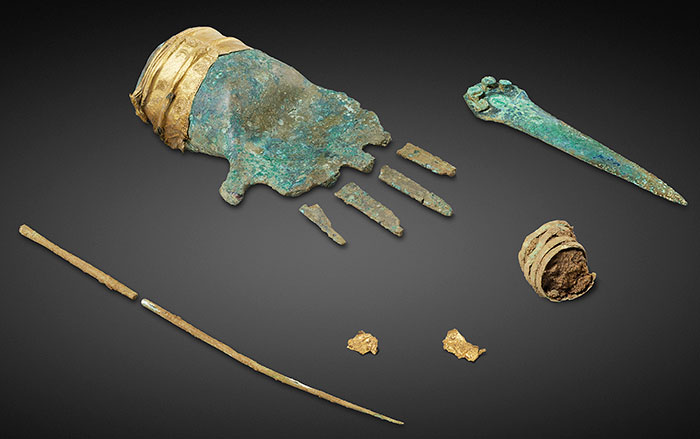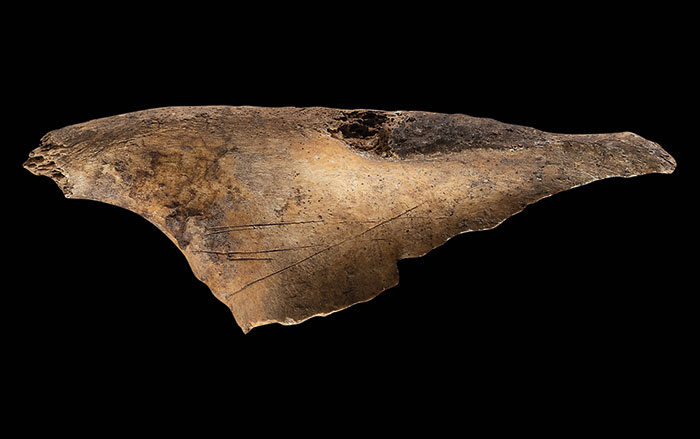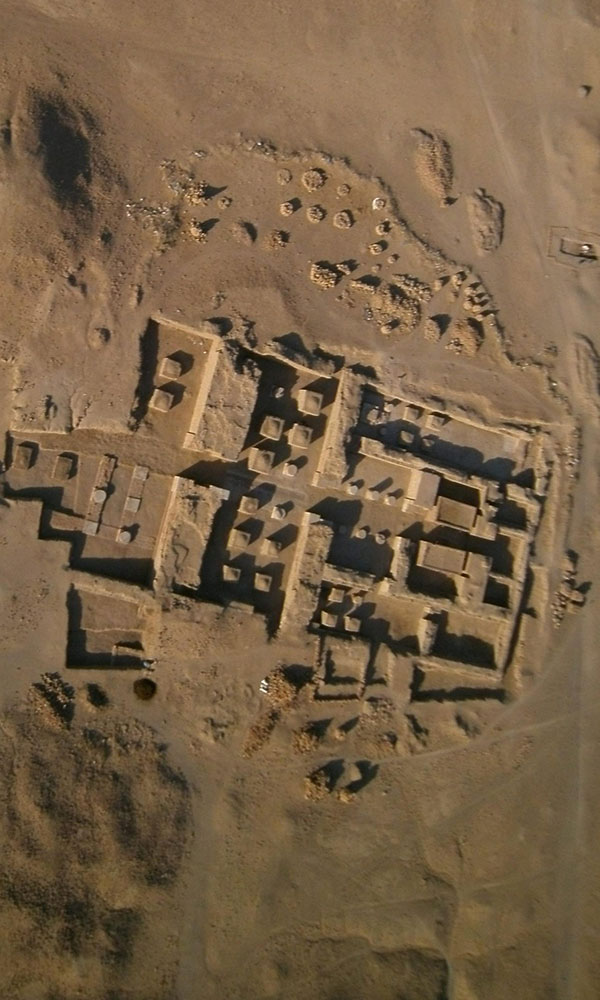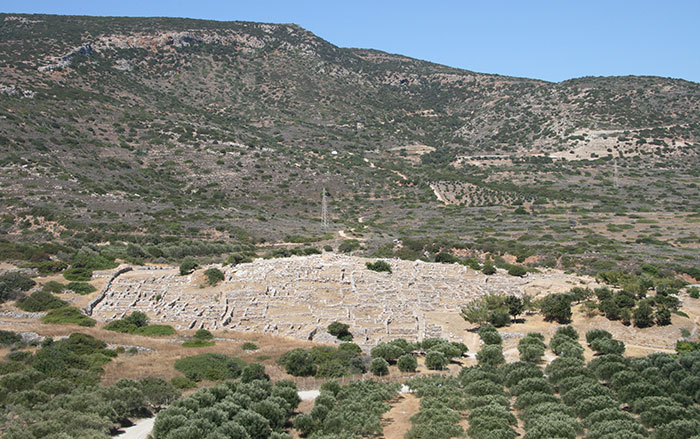
SOUTHAMPTON, ENGLAND—Scientists from the University of Southampton and the University of Bristol measured the chemical composition of some of Ireland’s earliest gold artifacts with laser ablation mass spectrometry and compared the results with the composition of gold deposits in Ireland and in a variety of other locations. They found that the objects, including basket ornaments, discs, and necklaces, had been made with imported gold—most likely gold that originated in southern England. “Perhaps what is most interesting is that during this time, compared to Ireland, there appears to be much less gold circulating in Cornwall and southern Britain. This implies gold was leaving the region because those who found it felt it was of more value to trade it in for other ‘desirable’ goods—rather than keep it,” Chris Standish of the University of Southampton said in a press release. Standish and team member Alistair Pike, also of the University of Southampton, think that the value of gold may have varied from region to region. “Prehistoric economies were driven by factors more complex than the trade of commodities—belief systems clearly played a major role,” Pike said. To read more about the recovery of several rare prehistoric gold artifacts, go to "Irish Gold."



